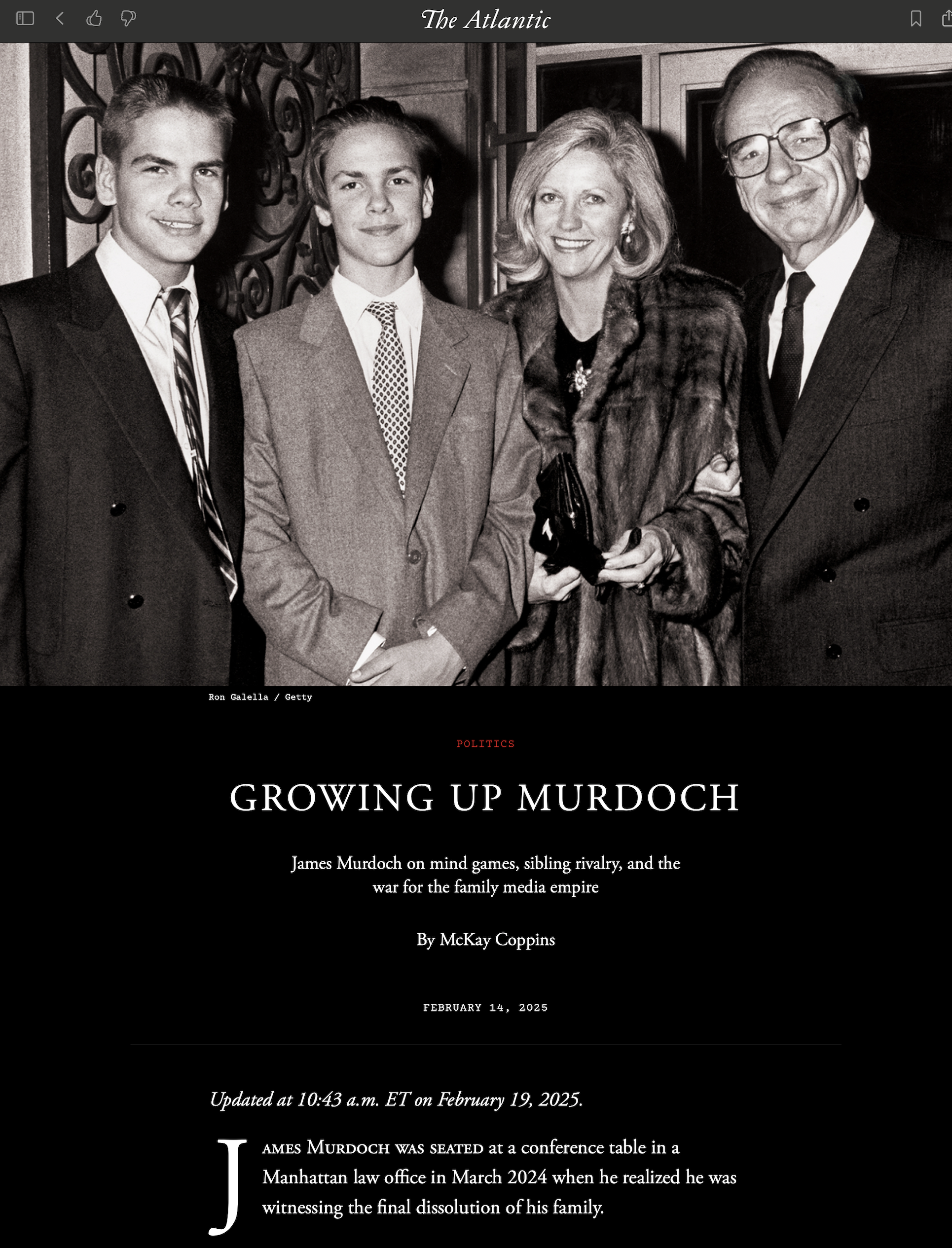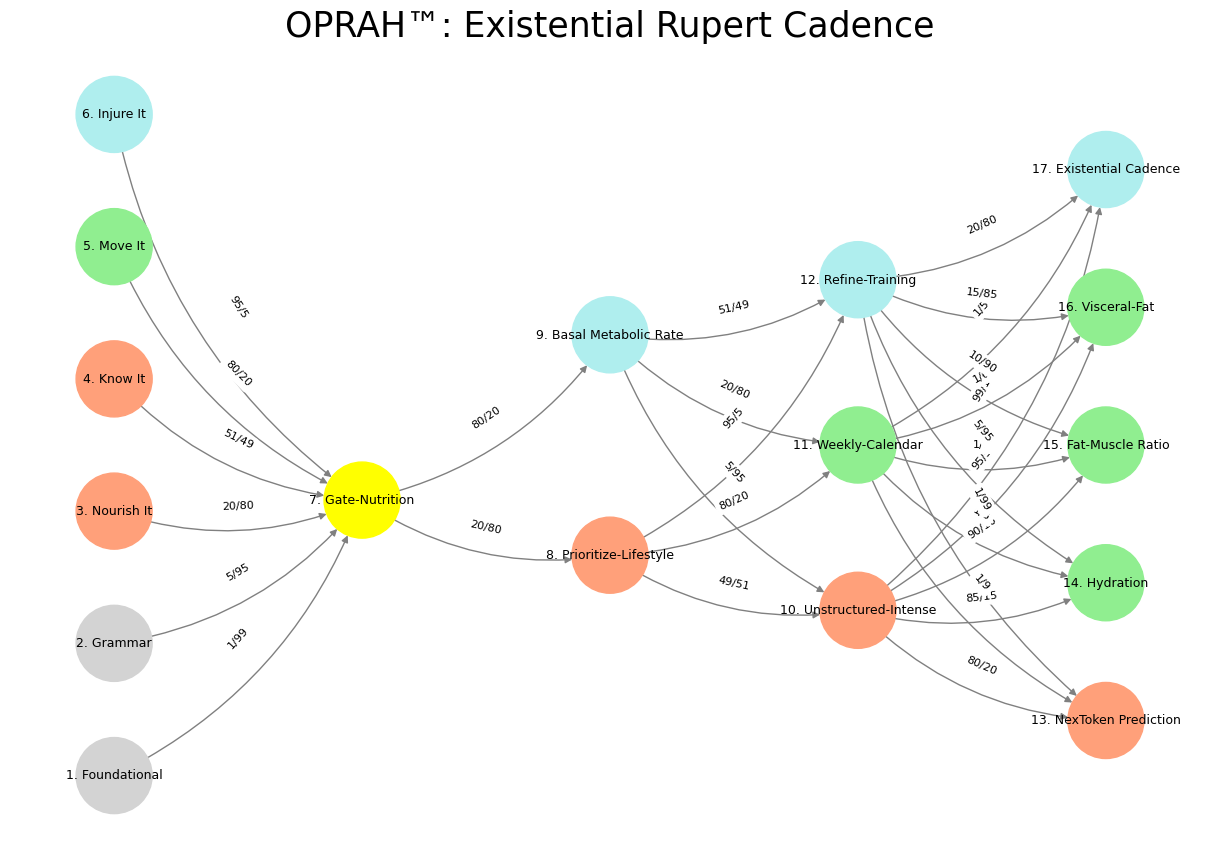Transvaluation#
The Grand Game of Power: Ukraine, Mineral Rights, and the Five Layers of Neural Play
Power is a game played across multiple dimensions. It is not merely a contest of brute force, nor a series of diplomatic pleasantries, but rather a structured engagement in which resources, strategy, and trust intersect. The Ukraine-U.S. mineral rights deal is a prime example of this high-stakes negotiation, where adversarial maneuvers, cooperative gestures, and transactional jostling converge. This essay dissects the unfolding drama through the lens of games and the five layers of the neural network model, illuminating the deeper equilibrium at play.
First Layer: The Fixed Odds of Power (Cosmos and Planet)#
At the most fundamental level, power operates within constraints—immutable laws akin to the fixed odds of a coin toss, a dice roll, or a roulette wheel spin. The U.S. demand for a $500 billion stake in Ukraine’s mineral wealth represents an initial gambit, an audacious roll that ignores the weight of precedent. Ukraine, a nation in a fragile but defiant stance, finds itself subject to these cosmic forces, unable to control all variables but forced to place its bet. This is the determinism of geopolitics, where the constraints of energy, war, and survival set the boundaries within which choices are made. The war itself is the roulette wheel, and the mineral deal represents an attempt to tilt its spin.

Fig. 23 Veni-Vidi, Veni-Vidi-Vici. In realms where ignorance prevails, tactical maneuvers—bluffs, postures, or calculated provocations—can exploit an adversary’s sympathetic nervous system, unveiling glimpses of their resources and resilience. Yet, in games rich with informational asymmetry, strategic approaches dominate, transcending superficial gambits. Consider the testator who, rather than indulging in the hollow theatrics of a King Lear or Donald Trump, crafts a bequest as a legally binding framework, setting the stage for inheritance’s adversarial, transactional, and cooperative dynamics. This strategic bequest compels heirs to navigate alliances and rivalries, echoing the Machiavellian dramas of Rupert Murdoch’s “Succession,” MAGA’s chaotic pageantry, and Lear’s tragic folly. JD Vance may lead the MAGA race today, but Trump’s resolute “no” to his heir apparent status leaves the game unsettled—a reminder that in strategy, as in life, certainty is fleeting. I concur. Source: DeepSeek#
Second Layer: The Provocation of Trust (Yellow Node - Compression)#
Power is never simply given—it is extracted through deception, persuasion, and performative theatre. In poker, a bead of sweat or the smallest staccato breath can betray the entire bluff. The Ukrainian government, recognizing the bequeathed provocation of Washington’s opening terms, delayed the agreement until they could meet directly with Trump, refusing to sign under a lower-level functionary like Scott Bessent. This is the neural compression of politics—the cognitive distillation of uncertainty into an actionable moment. Zelensky’s insistence on negotiating face-to-face reflects an intuitive understanding of how trust must be signaled theatrically, how statesmanship is an act as much as it is an art. In this moment, Ukraine seeks to reframe the narrative: no longer a subservient recipient of aid, but a player holding valuable chips.
Third Layer: The Razor’s Edge (N1-N5 - Strategic Capability)#
In horse-racing, F1, and the razor-thin margins of world-class competition, the difference between victory and irrelevance is milliseconds. So too in this deal, where strategic capability hinges on knowing the adversary’s limits. The U.S. initially demanded a disproportionate take, testing Ukraine’s will. Zelensky’s refusal to sign at the bureaucratic level was a calculated delay, an attempt to force the U.S. to cut its demands, recognizing that Washington’s appetite for prolonged economic and military engagement was waning. This is the moment of the worthy adversary, where both sides acknowledge each other’s strategic acumen. The U.S., realizing its push had gone too far, scaled back its claim. In this way, Ukraine held its line on the razor’s edge.
Fourth Layer: The Defiance of War (Sympathetic-Adversarial Node)#
If one were to translate chess Elo ratings to the geopolitical stage, the U.S. is the grandmaster, its pieces stretching across the board, while Ukraine fights from an underdog position, compensating for limited material with creativity and sheer defiance. The mineral rights deal is just another gambit within a broader conflict that includes military aid, diplomatic maneuvering, and internal power struggles. Washington’s demands, whether genuine or exaggerated as an opening move, were met with European backlash—revealing an unexpected third player in the game. European powers, shocked by the sheer scope of the U.S. demand, registered their discontent, and thus, an external force altered the board state. The adversarial node, like the sympathetic nervous system, pulses with the fight-or-flight imperative—Zelensky chose to fight, but his next moves are dictated by available counterplay.
Fifth Layer: The Universe’s Indifference (Parasympathetic-Cooperative Trust and Certainty)#
In the end, every game is played against the universe itself, where certainty, love, and devotion exist beyond the calculations of statecraft. The war should never have happened, Trump says. Perhaps he is right, but wars do not answer to reason—they are waged within the irrationality of history’s momentum. The mineral rights deal, in its final form, is not a moral victory for anyone, but an imposed equilibrium—a forced recognition that war must be financed, that debts must be repaid, and that Ukraine, however noble, must operate within the limits of its leverage. In the long arc of history, this deal is a footnote, a contractual line in a world indifferent to signatures. The grandest game of all is the game against inevitability, and in that game, no country, no leader, and no empire truly wins.
The mineral rights deal, now restructured, is a lesson in power’s layered dialectic. At its base, the roulette spin of global events dictates the game board. At its peak, the quiet surrender to cosmic indifference reminds us that geopolitics, like life itself, is merely a contest within constraints—played in blood, strategy, and theater.
Show code cell source
import numpy as np
import matplotlib.pyplot as plt
import networkx as nx
# Define the neural network layers
def define_layers():
return {
'Suis': ['Foundational', 'Grammar', 'Nourish It', 'Know It', "Move It", 'Injure It'], # Static
'Voir': ['Gate-Nutrition'],
'Choisis': ['Prioritize-Lifestyle', 'Basal Metabolic Rate'],
'Deviens': ['Unstructured-Intense', 'Weekly-Calendar', 'Refine-Training'],
"M'èléve": ['NexToken Prediction', 'Hydration', 'Fat-Muscle Ratio', 'Visceral-Fat', 'Existential Cadence']
}
# Assign colors to nodes
def assign_colors():
color_map = {
'yellow': ['Gate-Nutrition'],
'paleturquoise': ['Injure It', 'Basal Metabolic Rate', 'Refine-Training', 'Existential Cadence'],
'lightgreen': ["Move It", 'Weekly-Calendar', 'Hydration', 'Visceral-Fat', 'Fat-Muscle Ratio'],
'lightsalmon': ['Nourish It', 'Know It', 'Prioritize-Lifestyle', 'Unstructured-Intense', 'NexToken Prediction'],
}
return {node: color for color, nodes in color_map.items() for node in nodes}
# Define edge weights (hardcoded for editing)
def define_edges():
return {
('Foundational', 'Gate-Nutrition'): '1/99',
('Grammar', 'Gate-Nutrition'): '5/95',
('Nourish It', 'Gate-Nutrition'): '20/80',
('Know It', 'Gate-Nutrition'): '51/49',
("Move It", 'Gate-Nutrition'): '80/20',
('Injure It', 'Gate-Nutrition'): '95/5',
('Gate-Nutrition', 'Prioritize-Lifestyle'): '20/80',
('Gate-Nutrition', 'Basal Metabolic Rate'): '80/20',
('Prioritize-Lifestyle', 'Unstructured-Intense'): '49/51',
('Prioritize-Lifestyle', 'Weekly-Calendar'): '80/20',
('Prioritize-Lifestyle', 'Refine-Training'): '95/5',
('Basal Metabolic Rate', 'Unstructured-Intense'): '5/95',
('Basal Metabolic Rate', 'Weekly-Calendar'): '20/80',
('Basal Metabolic Rate', 'Refine-Training'): '51/49',
('Unstructured-Intense', 'NexToken Prediction'): '80/20',
('Unstructured-Intense', 'Hydration'): '85/15',
('Unstructured-Intense', 'Fat-Muscle Ratio'): '90/10',
('Unstructured-Intense', 'Visceral-Fat'): '95/5',
('Unstructured-Intense', 'Existential Cadence'): '99/1',
('Weekly-Calendar', 'NexToken Prediction'): '1/9',
('Weekly-Calendar', 'Hydration'): '1/8',
('Weekly-Calendar', 'Fat-Muscle Ratio'): '1/7',
('Weekly-Calendar', 'Visceral-Fat'): '1/6',
('Weekly-Calendar', 'Existential Cadence'): '1/5',
('Refine-Training', 'NexToken Prediction'): '1/99',
('Refine-Training', 'Hydration'): '5/95',
('Refine-Training', 'Fat-Muscle Ratio'): '10/90',
('Refine-Training', 'Visceral-Fat'): '15/85',
('Refine-Training', 'Existential Cadence'): '20/80'
}
# Calculate positions for nodes
def calculate_positions(layer, x_offset):
y_positions = np.linspace(-len(layer) / 2, len(layer) / 2, len(layer))
return [(x_offset, y) for y in y_positions]
# Create and visualize the neural network graph
def visualize_nn():
layers = define_layers()
colors = assign_colors()
edges = define_edges()
G = nx.DiGraph()
pos = {}
node_colors = []
# Create mapping from original node names to numbered labels
mapping = {}
counter = 1
for layer in layers.values():
for node in layer:
mapping[node] = f"{counter}. {node}"
counter += 1
# Add nodes with new numbered labels and assign positions
for i, (layer_name, nodes) in enumerate(layers.items()):
positions = calculate_positions(nodes, x_offset=i * 2)
for node, position in zip(nodes, positions):
new_node = mapping[node]
G.add_node(new_node, layer=layer_name)
pos[new_node] = position
node_colors.append(colors.get(node, 'lightgray'))
# Add edges with updated node labels
for (source, target), weight in edges.items():
if source in mapping and target in mapping:
new_source = mapping[source]
new_target = mapping[target]
G.add_edge(new_source, new_target, weight=weight)
# Draw the graph
plt.figure(figsize=(12, 8))
edges_labels = {(u, v): d["weight"] for u, v, d in G.edges(data=True)}
nx.draw(
G, pos, with_labels=True, node_color=node_colors, edge_color='gray',
node_size=3000, font_size=9, connectionstyle="arc3,rad=0.2"
)
nx.draw_networkx_edge_labels(G, pos, edge_labels=edges_labels, font_size=8)
plt.title("OPRAH™: Existential Rupert Cadence", fontsize=25)
plt.show()
# Run the visualization
visualize_nn()

Fig. 24 Nvidia vs. Music. APIs between Nvidias CUDA (server) & their clients (yellowstone node: G1 & G2) are here replaced by the ear-drum (kuhura) & vestibular apparatus (space). The chief enterprise in music is listening and responding (N1, N2, N3) as well as coordination and syncronization with others too (N4 & N5). Whether its classical or improvisational and participatory (time), a massive and infinite combinatorial landscape is available for composer, maestro, performer, audience (rhythm). And who are we to say what exactly music optimizes (semantics)?#

